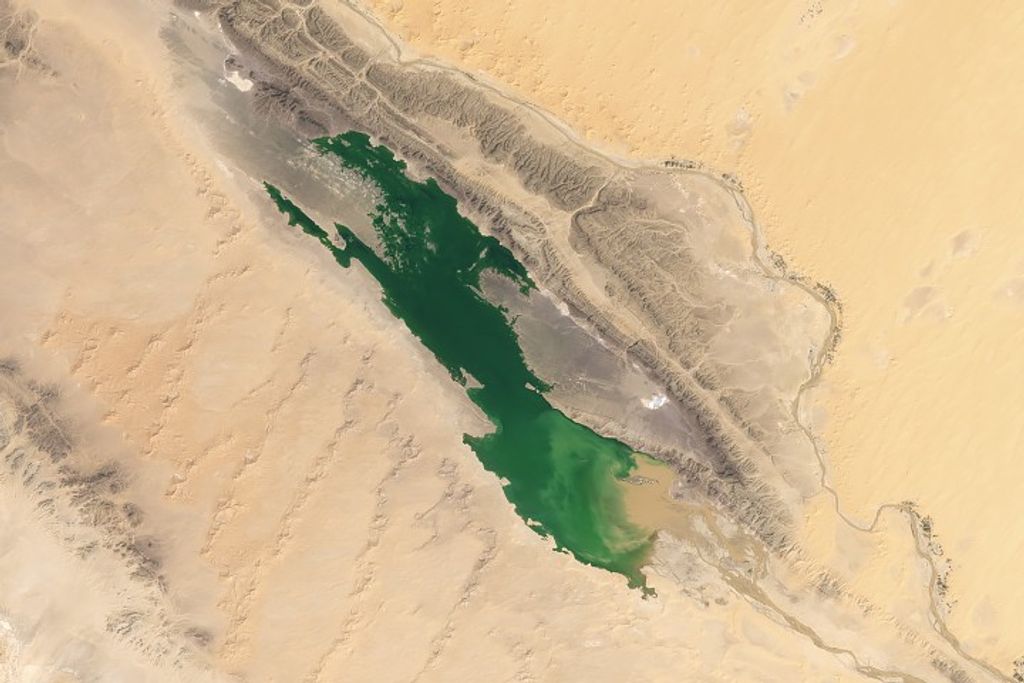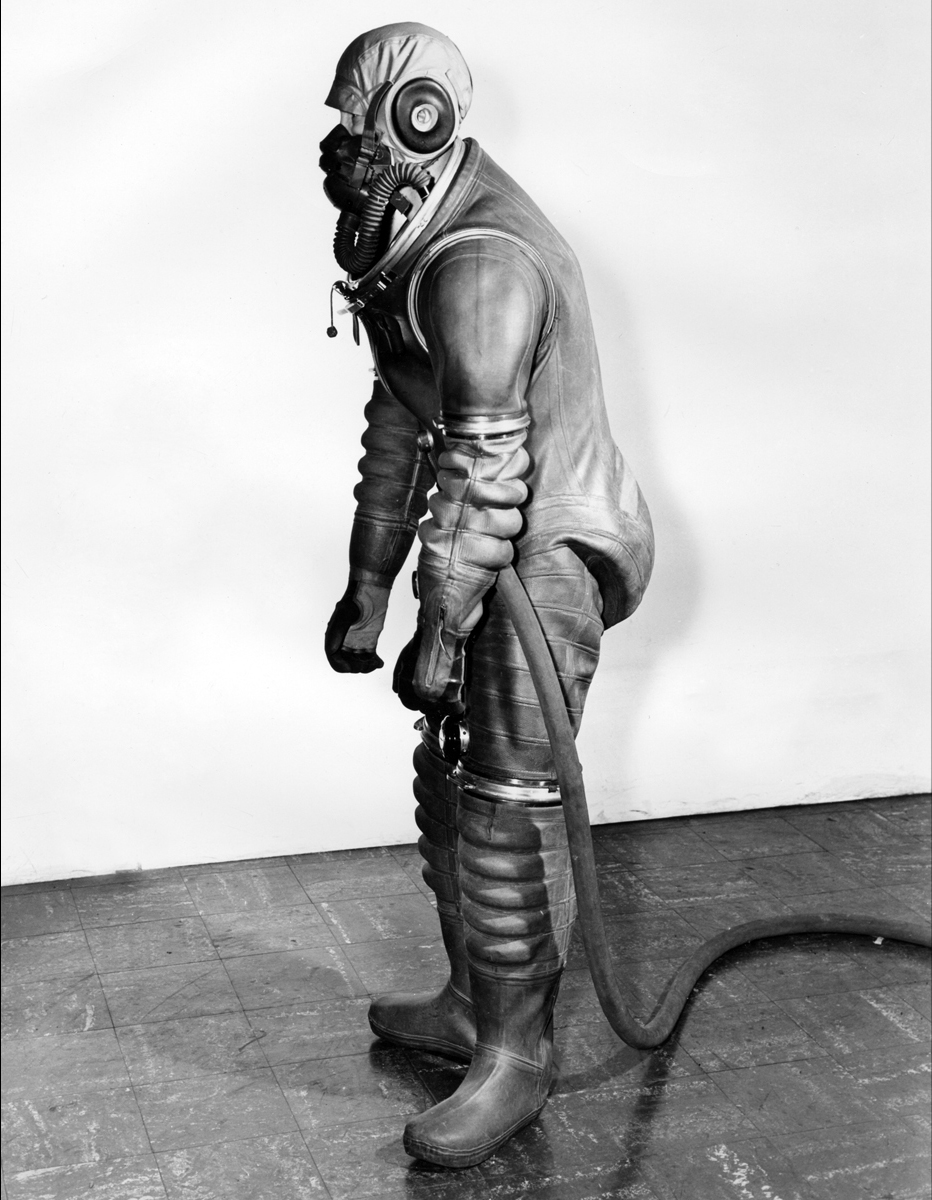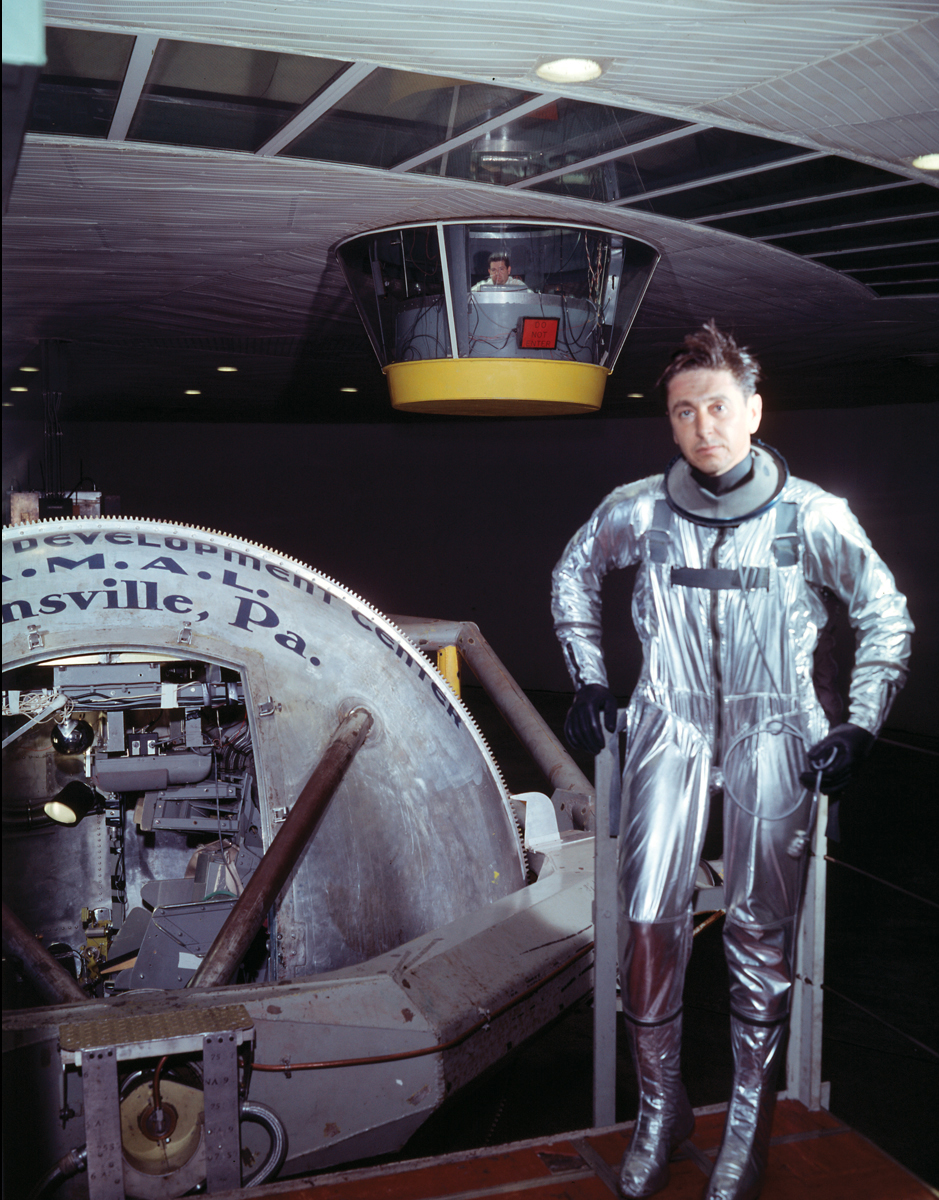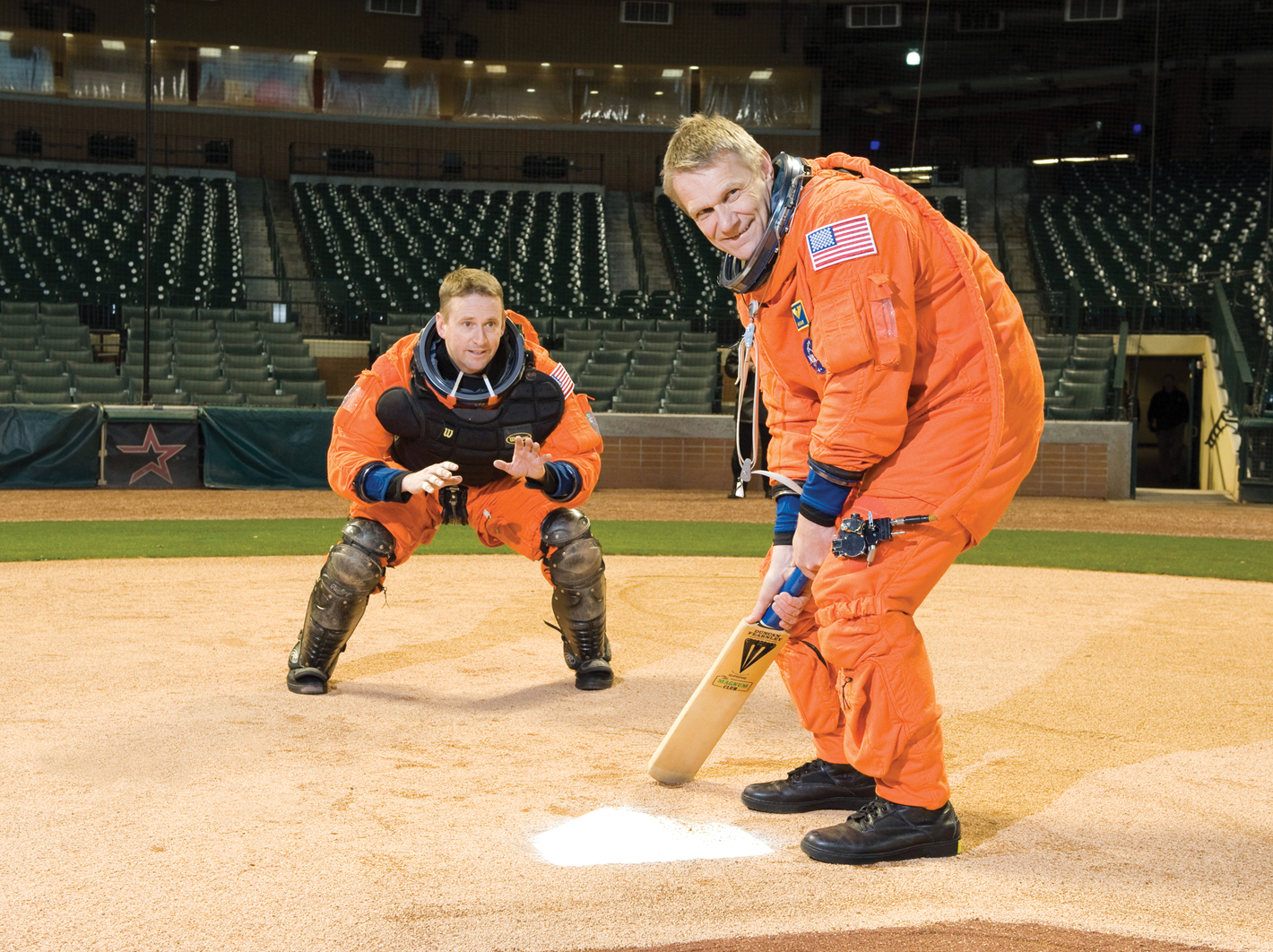The first thing you need to know about NASA’s newest book “Dressing for Altitude” is that it is not about spacesuits. It’s about pressure suits.
“The differences between a full-pressure suit and a spacesuit are subtle,” said Dennis R. Jenkins, author of “Dressing for Altitude: U.S. Aviation Pressure Suits – Wiley Post to Space Shuttle.”
Spacesuits are the usually-sterile-white, self-contained spaceships that protect astronauts from the extreme temperatures, micrometeoroids and nearly pure vacuum of space, for hours at a time, while they take a stroll outside the confines of their spacecraft.
Pressure suits are the sometimes yellow or pumpkin-orange colored protective clothing worn by test pilots, astronauts and others who might need to suddenly eject from a disintegrating aircraft – such as the X-15 rocket plane or SR-71 and U-2 spy planes – as they soar through the rarified atmosphere high above Earth.
“So they are different garments, and for the past few decades have largely been made by different manufacturers, specifically ILC and David Clark,” Jenkins said.
“Dressing for Altitude” delivers insight into the challenges the clothiers-turned-engineers faced in building a garment that could be relatively lightweight, flexible, inflatable and still keep an ejecting pilot safe both at high altitude and in the water.
“This work is designed to provide the history of the technology and to explore the lessons learned through the years of research in creating, testing, and utilizing today’s high-altitude suits,” said NASA’s Tony Springer with the Aeronautics and Research Mission Directorate at NASA Headquarters in Washington, D.C.
The 526-page, coffee-table-format book includes a highly technical account of pressure suit history and design that would appeal to engineers, while also offering hundreds of stunning images and drawings that are compelling enough to appeal to the layperson.
Perhaps one of the most unexpected and captivating visuals offered in the book comes on page 405, where NASA space shuttle astronauts Ken Ham and Piers Sellers are seen in 2010 playing a combination of baseball and cricket at Minute Maid Park in Houston. As if the baseball/cricket combo wasn’t strange enough, the astronauts were wearing their orange Advanced Crew Escape Suits, more commonly known as the launch and entry pressure suits.
While it wasn’t their intention when the picture was taken, the STS-132 Atlantis crewmen provided a great example of some of the flexibility that was built into those pressure suits, Jenkins said.
“To me that’s one of the more interesting stories of the book; the long road that designers took to make pressure suits more flexible under pressure, and how much they learned about the shape and sewing of individual parts,” Jenkins said.
In researching “Dressing for Altitude,” Jenkins – a veteran writer, engineer and manager with 30 years of experience working on various NASA programs including the space shuttle – became impressed by the dedication and commitment of all those involved in the development of pressure suits.
“It took researchers from academia, from well-known organizations like the Mayo Clinic, the military, the aircraft manufacturers, NASA and even the CIA – along with companies like David Clark and Goodrich – all cooperating and working closely with each other,” Jenkins said.
Publication of “Dressing for Altitude” was sponsored and funded by the communications and education department of NASA’s Aeronautics Research Mission Directorate.





































